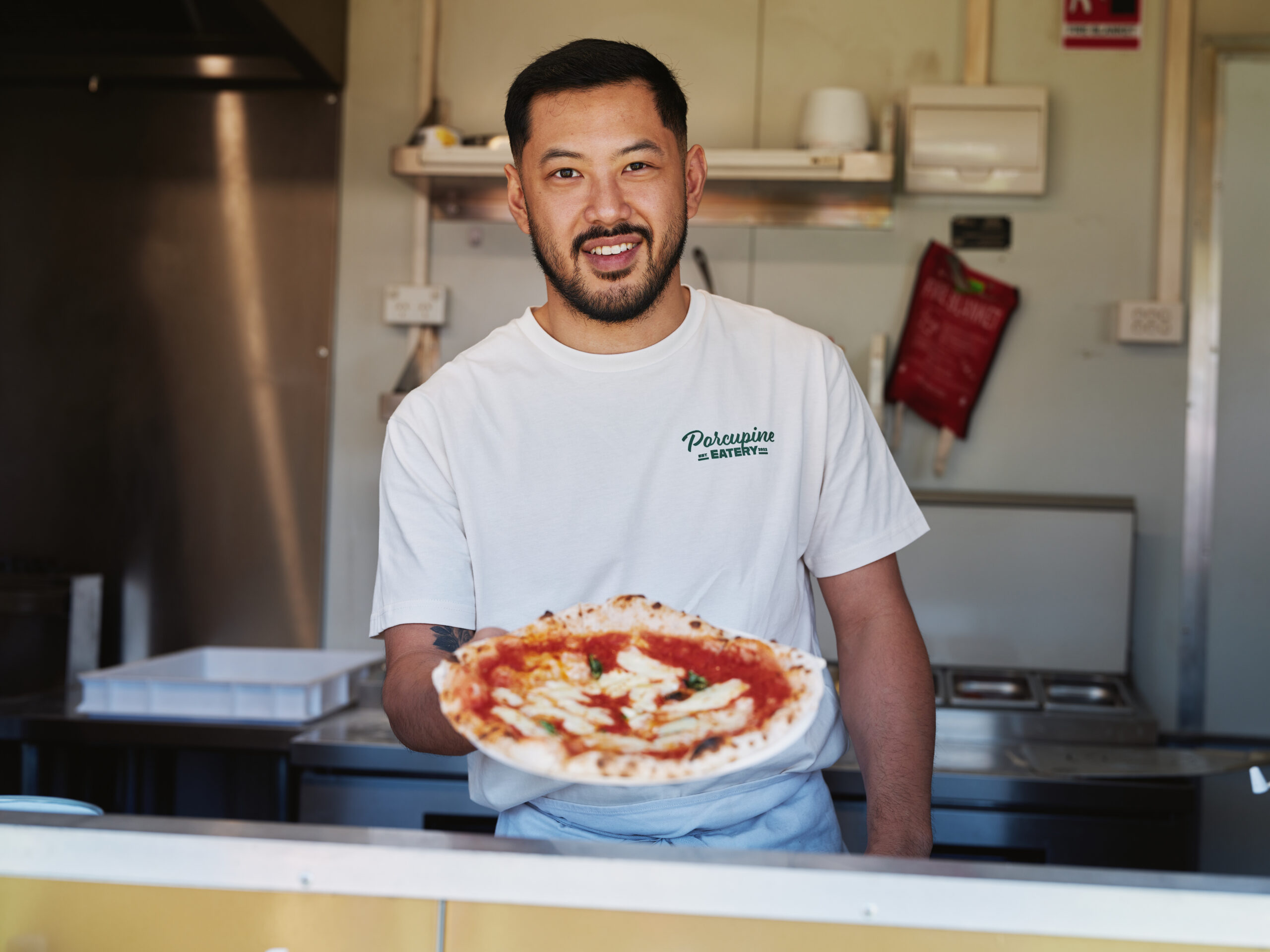Starting a food truck business can be exciting for food lovers and aspiring entrepreneurs. It combines the thrill of cooking with the joy of serving delicious meals to a diverse crowd. If you’ve ever dreamed of owning your food truck, this guide will walk you through the process step-by-step, making it as simple as possible.
Step 1: Do Your Research
Understand the Market
Research Local Food Trends: Find out what types of food are prevalent in your area. Visit other food trucks, talk to potential customers, and see what’s missing.
Identify Your Niche: Decide what unique offering you can bring to the market. This could be a specific type of cuisine, a particular dietary focus, or a unique twist on classic dishes.
Learn About Regulations
Permits and Licenses: Check with your local health department and city hall to find out what permits and licenses you need to operate a food truck in your area.
Health and Safety Standards: Understand the health codes and regulations you must comply with to avoid fines and keep your customers safe.
Step 2: Create a Business Plan
Define Your Concept
Menu Planning: Create a menu that highlights your unique offerings. Keep it simple, focused, and flexible enough to adapt based on customer feedback.
Branding: Develop a brand that reflects your food truck’s personality. This includes your truck’s name, logo, colour scheme, and overall aesthetic.
Financial Planning
Budgeting: Determine your startup costs, including the truck, kitchen equipment, permits, initial inventory, and marketing.
Funding: Explore different funding options such as personal savings, small business loans, or investors.
Step 3: Get Your Food Truck
Choose the Right Truck
New vs. Used: Decide whether to buy a new or used truck. A used truck is cheaper but may require more maintenance.
Customisation: Ensure the truck is properly equipped for your menu. You may need to customise it to include the necessary kitchen equipment.
Inspect and Purchase
Inspection: Have a mechanic inspect the truck to ensure it’s in good working condition.
Purchase: Once satisfied, complete the purchase and register the vehicle according to local regulations.
Step 4: Set Up Your Business
Equip Your Truck
Kitchen Equipment: Install essential kitchen equipment like grills, fryers, refrigerators, and storage units.
Technology: Set up a point-of-sale (POS) system to handle transactions efficiently.
Stock Up
Ingredients: Purchase initial stock of ingredients. Consider buying in bulk to save money.
Supplies: Stock up on disposable containers, utensils, napkins, and other serving supplies.
Step 5: Marketing and Promotion
Build an Online Presence
Social Media: Create profiles on platforms like Instagram, Facebook, and Twitter to promote your food truck.
Website: Develop a simple website with your menu, location schedule, and contact information.
Launch and Engage
Soft Launch: Start with a soft launch to test your menu and operations. Invite friends and family for feedback.
Engage with Customers: Use social media to announce your location and daily specials and engage with your followers.
Step 6: Hit the Road
Find the Best Spots
Location Strategy: Identify popular spots where food trucks are welcome in your city. Consider partnering with local businesses, events, and festivals.
Schedule: Create a consistent schedule and share it with your followers so they know where to find you.
Customer Service
Quality: Maintain high food quality and hygiene standards.
Service: Provide excellent customer service to keep customers coming back.
Step 7: Evaluate and Adapt
Monitor Performance
Feedback: Collect customer feedback and be willing to adjust your menu and operations.
Sales Data: Track your sales data to understand what’s working and needs improvement.
Continuous Improvement
Adapt: Stay flexible and open to change. The food truck industry can be unpredictable, so being adaptable is critical.
Grow: As your business grows, consider expanding your menu, participating in more events, or adding additional trucks to your fleet.
Starting a food truck business requires careful planning, dedication, and a passion for food. By following these steps, you’ll be well on your way to serving delicious meals on wheels and creating a successful, thriving business. Happy trucking!




